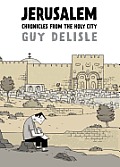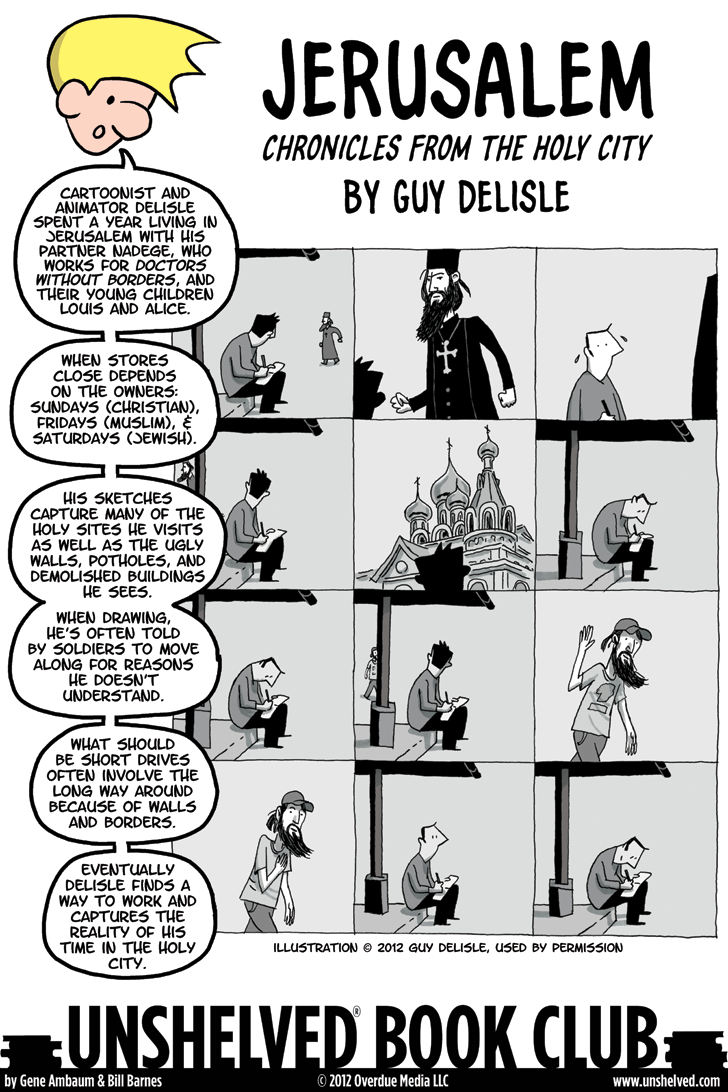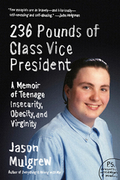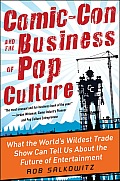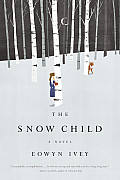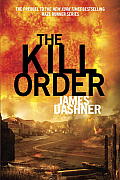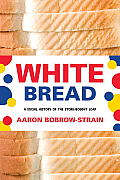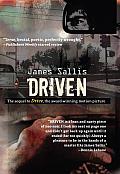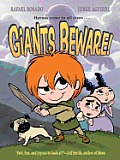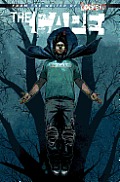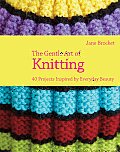Link to this review in the form of a comic strip by geneambaum tagged biography • nonfiction
Link to this review by flemtastic tagged biography
Jason Mulgrew grew up in a normal Catholic family in Philadelphia. He called himself a nerd. He never had a pocket protector or started a software company that made millions, he was just somewhere in the girlfriendless middle.
As in his blog and previous book, he continues to mine his own embarrassments and humiliating childhood habits for humor. Along the way he provides an inside look at the Philly cheesesteak sandwich, explains why Coors Light cans are called tin hoagies (alcohol is banned at Veterans Memorial Field, so creative fans wrap Coors Light cans in hoagie sandwich paper), and talks about the shore house phenomenon. (A bunch of guys rent a beach house together to drink and get laid. Jason’s shore house didn’t live up to his friends’ promises, and the expected “hailstorm of pussy” never materialized.) The book ends with his run for Vice-President of the student council with a campaign speech that’s equal parts eating a Tastykake and pretending to forget his speech.
Why I picked it up: Great title.
Why I finished it: I found out the title was actually Mulgrew’s slogan for his high school election. His self-deprecating humor shows in that he bragged to his electorate that every ounce of his ample girth would be dedicated to the good of the high school body.
He also devotes an entire chapter to his discovery of masturbation, which consumed most of his free time when he was thirteen. The chapter was so embarrassing that it’s almost difficult to admit how much I enjoyed it.
The book features pictures of Mulgrew throughout his awkward childhood. In one of the most memorable, he is proudly wearing a fur cape at school.
I’d give it to: Tommy, because he enjoyed Mishna Wolff’s hilarious memoir, I’m Down.
Link to this review by geneambaum tagged nonfiction
Rob and his wife Eunice attended Comic-Con in San Diego in 2011, as they do every year, along with more than 130,000 other pop culture nerds. They were jostled by men in tights, overwhelmed by the lines for popular programs, and helped set up for the Eisner Awards. While Rob was busy looking at art, action figures, and books, he was also examining the state of the comics industry and Comic-Con itself. With a firm understanding of the medium’s past, past, he analyzes how current trends could shape the future. He covers digital distribution and transmedia, aging fans and Twilighters, the direct market (comic stores), and mainstream superhero comics vs. indie comics (including webcomics). He also gives a glimpse into an exclusive Comic-Con after-party that I’ve never even heard of. (Also read my interview with Rob)
Why I picked it up: I met Rob at a friend’s cookie party last winter. When he told me about this book, I couldn’t wait to read it.
Why I finished it: Full disclosure: Rob told me Unshelved was mentioned in the book, so I had the ultimate incentive. But I would have anyway. For a comics nerd like me who’s been attending San Diego for years, the book has just the right blend of business analysis and geekery to keep me reading. Rob offers four What if? scenarios for the future of comics and Comic-Con, each of which has implications for the future of my favorite comic stores, mainstream media, and even independent creators like me.
I’d give it to: My friend Dave, who has thought about going to San Diego with me for the last few years but hasn’t attended yet. I think he’d be hugely disappointed by the lack of comics at the show, and Rob’s book gives a great sense of the overwhelming extent to which other media have taken over, especially in the exhibit hall. I hope Dave will decide to head to TCAF with me instead, but at least I’d feel blameless if he decides to throw himself into the Comic-Con chaos next year.
Link to this review by emilyjones tagged fantasy
It’s 1920, and it’s Jack and Mabel’s second winter as homesteaders in Alaska. They’re barely making it. After losing their only child years before, Mabel decided they should move to the frontier and make a fresh start together. But both are nearing fifty, and dreams of a new life in the Alaskan wilderness fade as the physical labor takes its toll on Jack and Mabel begins to feel trapped by her loneliness and growing sorrow.
In a moment of whimsy, the couple builds a small child out of snow, complete with hat, mittens, and golden straw for hair. In the morning the snow girl is gone, but they see a real child running through the woods. It’s a miracle that reminds Mabel of a fairy tale she read as a child.
Why I picked it up: I read about this debut novel by an Alaskan bookseller in Shelf Awareness for Readers. There’s something about the cover art that evokes both loneliness and hope. I just couldn’t get the book out of my mind.
Why I finished it: Ivey expertly creates haunting emotion in the cold and dark of winter Alaska, and I felt not only the piercing wind and freezing snow but also the depression and despair that Mabel silently suffers in isolation.
I’d give it to: Kathy, who has lived her whole life in Texas and claims to have never read a book that made her feel cold.
Link to this review by danritchie tagged science fiction • thriller
Mark and Trina were on their way home from school on the underground train when a cataclysmic wave of heat and radiation hit the Earth. Millions were killed instantly by the solar flares. The teens, along with other survivors, had to escape the tunnels before the melting polar ice flooded Manhattan.
They reach the safety of a mountain compound by crossing the scorched land. But then an airship attacks, firing darts filled with a deadly virus.
Why I picked it up: Dashner is one of my all-time favorite YA authors, and I have been anticipating getting my hands on this all summer.
Why I finished it: The answers to a multitude of questions are revealed in a crescendo of violence and determination. Why does the virus kill most people instantly? Some, slowly with madness? And a few not at all? Who issued the kill order and why?
This prequel to the Maze Runner Trilogy provides many details that weren’t revealed in those books, but it also stands alone as a fabulous, dystopian novel.
I’d give it to: My friend Vicki will relish the mix of bloodshed, compassion and determination, as well as the budding romance between Mark and Trina.
Link to this review by flemtastic tagged nonfiction
Bobrow-Strain follows the history of the mass-produced white bread, a political football of many an activist and politician over the years. It has been considered unclean and unworthy, but also used as a social symbol of riches. Over the decades health gurus have risen to either tout fortified white bread or decry its nutritional deficiencies. (Some have gone as far as implying that wheat bread not only has nutritional fiber superiority but moral fiber superiority, too!) In the early 1980s white bread picked up a reputation for being white trash food, even making an appearance in the White Trash Cookbook as an authentically Southern food.
For a while, eating home-made bread was a way of sticking it to the man, but now, hand-made artisanal breads are filling a high-end niche in boutique bakeries. In fact, an article in the Washington Post observed of wheat bread, “The grainier you like it, the more refined your sensibilities. The darker it is, the greater your chance for enlightenment.” The same article noted that in 2009 whole wheat bread surpassed white bread in popularity for the first time in U.S. history. Perhaps that was the end of the era of dominance for store-bought white bread, but who knows? As Bobrow-Strain shows, huge swings in public opinion and the politics of food aren’t uncommon.
Why I picked it up: I heard an NPR interview with the author that made me think about eating home-made bread when I was a kid.
Why I finished it: The accounts of food activists going back almost 200 years, including Sylvester Graham, revered as the father of the cracker named after him (though he wasn’t its inventor). He invented a diet called Grahamism, which morphed into a form of vegetarianism with strict rules. In 1860, the Seventh-Day Adventist church adopted his rules wholesale, which is where this gets personal. I was raised as a Seventh-Day Adventist, and I’m a lifelong vegetarian.
White bread was once a national security issue. It was blamed for half of the first million Americans enlisting for the army during World War II being rejected because of malnourishment. (Vitamin-fortified white bread was invented in response to this crisis.) Processed, fortified white flour and bread was used as a major foreign policy tool from 1945 - 1946 when the United States sent flour to Europe in the largest mobilization of food supplies ever, enough to bake 70 billion loaves of bread in three years. (A lot of this flour was sent to Japan as well, in an effort to get calories into malnourished survivors, but it wasn’t quite as popular there.)
I’d give it to: My mom, who used to let me and my sister cut slices off her fresh, whole grain bread as soon as it was cool enough. (She cooked loaves in old coffee cans so they were round.) She considers white bread the nutritional equivalent of deep fried Twinkies, and she’d enjoy finding a lot of facts to support her opinion here.
Link to this review by geneambaum tagged mystery
Seven years after the violent events in Drive, Driver is married and living a quiet life in Phoenix. But the mob hasn’t quit looking for him. One Saturday, two men try to kill him. He takes them both down, but his wife is shot and killed.
Driver sets out to find who is after him, and to get payback for his wife’s death.
Why I picked it up: I’m a huge fan of James Sallis’s books. I’ve reread Drive several times.
Why I finished it: Violence is a poetic ballet in Sallis’s hands. His use of language would seem spare if it wasn’t so perfect. I detest contemporary mysteries that over describe everything. Sallis never wastes words or my time.
I’d give it to: Dave, who likes the scene in Heat where Pacino (the detective) and De Niro (the thief he’s trying to take down) have coffee and talk like friends. There’s a moment in Driven where, in a food court, a nondescript man at a neighboring table suddenly starts to speak to Driver. It’s clear he’s one of the men hunting him. But he’s so nonchalant that he even offers to get Driver a coffee refill. It’s chilling. And then… (ell, I don’t want to spoil it).
Link to this review by geneambaum tagged fantasy • graphic novel
When Claudette hears the tale of The Baby-Feet Eating Giant, she’s unhappy because the giant is merely chased into the mountains but isn’t killed at the end. She would have killed it and saved all the babies’ feet. She’s a warrior like her father was, before he lost several limbs (including his sword arm) to Azra the Dragon.
Claudette tells her friend Marie, the Marquis’ daughter, that killing a giant will make Marie a princess, and then Claudette convinces her little brother Gaston to help, too. The three leave the protection of the city’s walls and head into the aptly named Forest of Death, toward Giant’s Peak.
Why I picked it up: The cover is great, with an eye-catching mix of colors and the vague image of a giant behind the kids and the title, in the clouds.
Why I finished it: I loved the moment where, to save her brother and Marie from a hungry tree, Claudette uses the most powerful weapon at her disposal: her stinky feet. It was also easy for me to identify with Claudette and Gaston’s panicked father, who leads a group of people from town to find the kids.
I’d give it to: My sister, Traci, whose pug looks a bit like Claudette’s dog, Valiant.
Link to this review by geneambaum tagged superhero • mystery
Angie threw Eric out. He’s living at home with his mother and playing video games in the basement.
Eric’s brother Nick is the golden boy. He went to Harvard and is a doctor in Boston.
Nick and Eric share a secret. The cape that Eric wore when he was a kid, the one his mom made for him so he could pretend to be the Red Bolt, gave him the power to fly.
Nick thought his mom threw away the cape, after he fell out of a tree. But she didn’t. Nick found it, and he can fly again.
Then Angie is found dead, her bones shattered as if she fell from a great height. But there’s no building near where she was found.
Contains The Cape one-shot and #1 to #4.
Why I picked it up: I’ve been enjoying Joe Hill’s Locke & Key series.
Why I finished it: When Eric feels the police are closing in, he flies to the local zoo and airlifts a grizzly bear into the unsuspecting detectives’ convertible. Problem solved.
I’d give it to: Talia, who I suspect doesn’t like Superman’s first flight with Lois Lane in the Christopher Reeve movie. It’s probably too sentimental for her. (“If you’ve got me, who’s got you?”) The flight Eric takes Angie on will be more to her taste.
Link to this review by sarahhunt tagged nonfiction
Brocket creates projects using beautiful colors, appealing textures, and yarns you won’t mind handling during and after knitting. She takes the revolutionary stance that knitting should be enjoyable while you’re doing it because it’s a fun and relaxing pastime. And that you should only make things you would like having around your home.
Why I picked it up: I love the gorgeous pictures and simple yet luxurious projects she features on her blog, yarnstorm.
Why I finished it: Brocket reminded me of the things I like best about knitting as a way to relax. She encouraged me to buy the gorgeous colors and fibers that I lust for in the yarn store even though I can’t afford to make anything big or fancy with them. She features projects like the Faberge Egg Cozy, which uses a riot of colors but not lots of yarn, and the Sea Glass Chevron Scarf which combines simple whites and jewel-like greens. She gently guided me back to the enjoyment of knitting and creating things to make my life more gorgeous, like the super-soft hot water bottle covers made to match vintage Penguin paperbacks. They’re not just simple and fun, they add another reason to get into a cozy bed with books I love!
I’d give it to: Vicki and Vera who will love the chapter on wines to pair with luscious red yarns for fireside relaxation. Knit, sip, knit, sip — it’s a delightful, repeating cycle!
